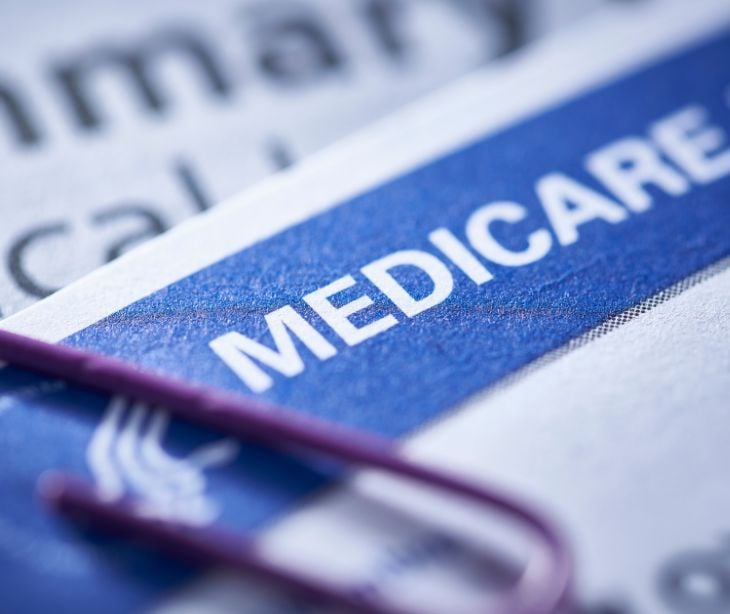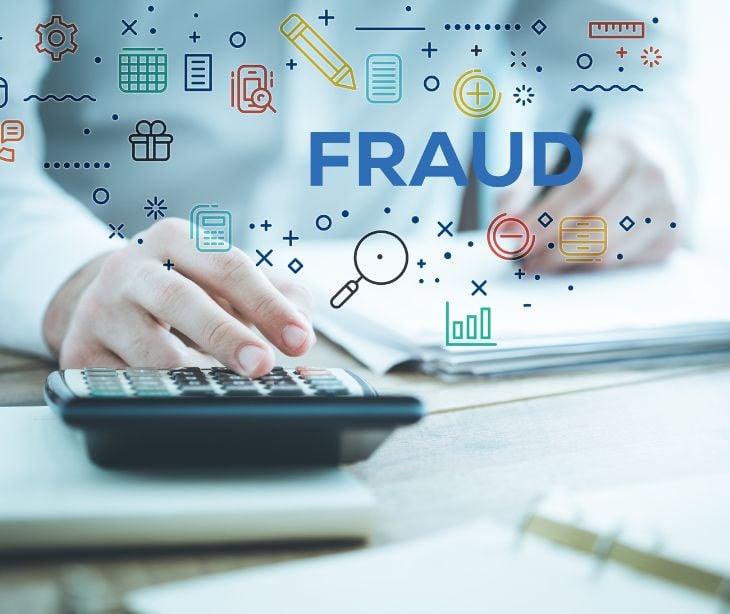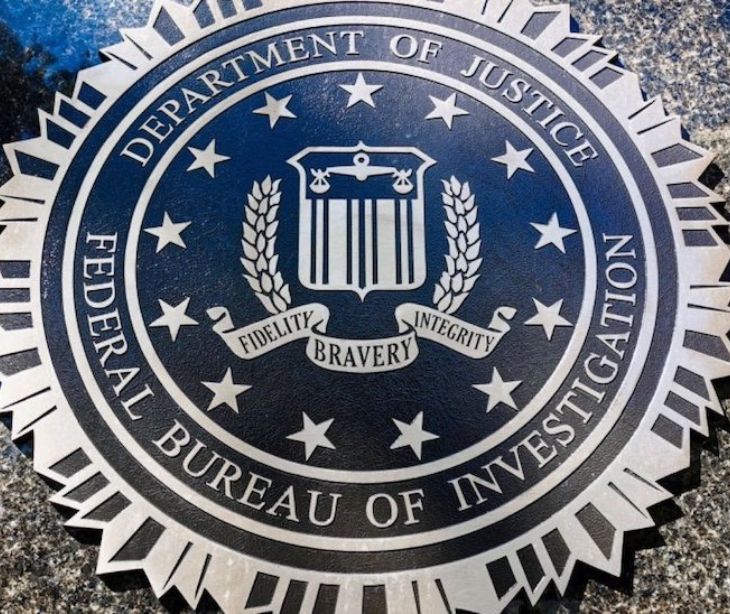
Jeff Wurzburg, a partner at Norton Rose Fulbright US LLP, noted in an article: “The COVID-19 public health emergency led to an overwhelming increase in the utilization of telehealth services, and CMS took a number of actions to temporarily expand access to telehealth for Medicare beneficiaries, raising concerns over the potential for fraudulent billing. In July 2022, the HHS Office of Inspector General (OIG) released a special fraud alert that encouraged 'heightened scrutiny' when engaging with telemedicine companies that demonstrated 'suspect' characteristics. The same month, the US Department of Justice announced a nationwide coordinated law enforcement action that included telemedicine-related charges accounting for more than US$1 billion of the total alleged intended losses.”
COVID-19 impact and scale
The COVID-19 pandemic posed challenges for healthcare access. According to the OIG report titled Medicare Telehealth Services During the First Year of the Pandemic: Program Integrity Risks, "More than 28 million Medicare beneficiaries — about 2 in 5 — used telehealth services that first year. In total, beneficiaries used 88 times more telehealth services during the first year of the pandemic than they did in the prior year."
The report further noted, "The changes to Medicare telehealth policies, along with the dramatic increase in the use of telehealth, underscore the importance of determining whether providers are billing for telehealth services appropriately and how to best protect Medicare and beneficiaries against fraud, waste, and abuse."
Telehealth vs. telemedicine
The Federal Communications Commissions explains that, “Telemedicine can be defined as using telecommunications technologies to support the delivery of all kinds of medical, diagnostic and treatment-related services usually by doctors. For example, this includes conducting diagnostic tests, closely monitoring a patient's progress after treatment or therapy and facilitating access to specialists that are not located in the same place as the patient.”
On the other hand, “Telehealth is similar to telemedicine but includes a wider variety of remote healthcare services beyond the doctor-patient relationship. It often involves services provided by nurses, pharmacists or social workers, for example, who help with patient health education, social support and medication adherence, and troubleshooting health issues for patients and their caregivers.”
Telehealth
It includes:
- Clinical services
- Patient education
- Administrative meetings
- Healthcare professional training
- Public health monitoring
- Non-clinical communication platforms
Telemedicine
Telemedicine is a focused subset of telehealth, involving:
- Direct clinical service delivery
- Virtual doctor consultations
- Remote diagnosis
- Online prescription services
- Medical image interpretation
- Electronic health monitoring
Fraud detection metrics
The Medicare Telehealth Services During the First Year of the Pandemic: Program Integrity Risks provides seven measures to identify high-risk providers:
- Billing both a telehealth service and a facility fee for most visits
- Billing telehealth services at the highest, most expensive level every time
- Billing telehealth services for a high number of days in a year
- Billing both Medicare fee-for-service and a Medicare Advantage plan for the same service for a high proportion of services
- Billing a high average number of hours of telehealth services per visit
- Billing telehealth services for a high number of beneficiaries
- Billing for a telehealth service and ordering medical equipment for a high proportion of beneficiaries
Case study: The $110 million medicare fraud scheme
Background
In February 2024, the U.S. Attorney's Office for the District of Massachusetts charged the owner of Expansion Media and Hybrid Management Group with orchestrating a $110 million telemedicine fraud scheme. The case involved medically unnecessary durable medical equipment (DME), such as back and knee braces, and fraudulent billing practices targeting Medicare.
Fraudulent scheme
The investigation revealed several elements of the scheme:
- Lead generation: Telemarketing companies targeted Medicare beneficiaries and paid Expansion and Hybrid on a per-order basis to generate DME orders.
- Falsified medical examinations: Medical staffing companies, including one in Massachusetts, recruited doctors and nurses to sign pre-populated DME orders without any patient contact.
- False documentation: Records falsely portrayed medical providers as having conducted legitimate examinations.
- Kickback scheme: Signed orders were sold to DME suppliers, who used them to submit fraudulent Medicare claims.
Consequences
- Criminal charges: Steven Richardson, 40, of Parkland, agreed to plead guilty to conspiracy to commit health care fraud, which carries a potential sentence of up to 10 years in prison, supervised release for up to three years, and a fine of up to $250,000 or twice the gross gain or loss.
Lessons learned
This case shows the need for oversight and accountability in telehealth services to prevent fraud and abuse:
- Verify legitimacy: Healthcare providers should implement processes to ensure all telehealth services are medically necessary and properly documented.
- Monitor third-party partnerships: Increased scrutiny of business relationships with telemarketing and staffing companies can help mitigate risks.
- Strengthen compliance: Regular training and audits to prevent fraudulent activities and maintain compliance with Medicare regulations.
Emerging fraud risks in telehealth
Phantom services
- Generate false medical records
- Fabricate patient consultations
- Bill Medicare for non-existent appointments
- Use stolen patient identities to create fraudulent medical interactions
Supportive Care Holdings, LLC and its CEO, Joseph "Dov" Newmark, agreed to pay $4,595,739 to settle allegations of fraudulent billing practices related to telehealth services for nursing home residents. The U.S. Attorney's Office for the District of Connecticut accused the company of improperly submitting claims for "telehealth originating site facility fees" that should have been billed by nursing homes, and of billing for psychological services for patients who were actually hospitalized and not residing in the nursing homes. The settlement covered conduct between 2019 and 2023, addressing misconduct in Medicare and Connecticut Medicaid claims. U.S. Attorney Vanessa Roberts Avery emphasized the importance of accurate billing in telehealth services, while the Department of Health and Human Services' Office of Inspector General stressed the need to protect the integrity of federal healthcare programs.
Unnecessary medical interventions
Digital healthcare's convenience can be exploited through:
- Scheduling unnecessary consultations
- Recommending excessive diagnostic tests
- Prescribing unneeded medications
- Conducting superficial medical reviews while maximizing billable hours
On June 13, 2024, the U.S. Department of Justice announced the arrest of Ruthia He, CEO of Done Global Inc., and David Brody, the clinical president of Done Health P.C., for a $100 million healthcare and drug distribution fraud scheme involving telemedicine. The defendants were accused of exploiting the COVID-19 pandemic to provide easy access to Adderall and other stimulants through their digital health platform, targeting drug seekers with deceptive social media advertisements. They allegedly prescribed over 40 million pills, generating revenue by structuring their platform to facilitate prescription access, including limiting prescriber information, instructing prescriptions even when patients didn't qualify, and implementing an "auto-refill" function. The indictment claimed they conspired to defraud pharmacies and insurers, with Medicare, Medicaid, and commercial insurers paying approximately $14 million for these prescriptions.
Another noteworthy case involved Physician Edward William Salko, D.O., and Jackson & Coker LocumTenens, LLC (JCLT), who agreed to pay $700,000 to resolve allegations of participating in an unnecessary and fraudulent telemedicine scheme targeting Medicare beneficiaries. Between April and September 2021, Dr. Salko, through JCLT, was retained to provide telemedicine services for Nationwide Health Advocates, which used telemarketers to contact Medicare beneficiaries and generate physician orders for unnecessary durable medical equipment (DME) and diagnostic laboratory testing. Dr. Salko electronically signed these orders without treating or even speaking to the beneficiaries, effectively enabling a fraudulent billing process where Nationwide would pay JCLT, and JCLT would pay Dr. Salko for each approved order.
Challenges of telehealth services
The NIH article, The Role of Telehealth in an Evolving Health Care Environment: Workshop Summary, presents what it refers to as the "seven deadly barriers" to telemedicine.
- Regulations: Licensing and practice regulations, already challenging for legitimate telemedicine providers, become even more complex when fraud is involved. Multistate systems and inconsistent state medical board regulations create loopholes that fraudsters exploit, such as generating false physician orders or billing for services never rendered.
- Hype: people get so excited about telemedicine's amazing possibilities that they don't see its potential for abuse. While everyone's talking about how great the technology is, some bad actors are finding ways to cheat the system. For example, the Nationwide Health Advocates case showed how telemarketing companies and dishonest doctors can work together to make fake medical claims, which hurts the credibility of telemedicine's real benefits.
- Adoption: Some healthcare providers and staffing companies view technological transitions as opportunities for financial manipulation rather than patient care improvement, as evidenced by Dr. Salko's scheme of signing orders for patients he never treated.
- Technology: Technological difficulties become both an enabler and a shield for fraudulent activities. Electronic systems allow providers like Dr. Salko to generate and sign orders without patient interaction, showing how technological innovation can be misused to create seemingly legitimate but fraudulent billing practices.
- Evidence: The lack of studies and monitoring systems allows fraudulent schemes to persist. Medicare fraud investigations often rely on retrospective analysis, meaning many fraudulent activities may go undetected.
- Success: The recent settlements demonstrate that Medicare fraud in telehealth is a concern. The success of telemedicine depends not just on technological innovation, but on developing systems to prevent exploitation, protect patient care, and maintain the integrity of healthcare reimbursement systems.
Furthermore, the white paper on Exploring Fraud, Waste, and Abuse within Telehealth provides more challenges;
- Telefraud: Aggressive telemarketing scams that leverage fake telehealth services to target vulnerable patients, offering unnecessary or fraudulent medical services and products.
- Billing tricks: Healthcare providers exploit Medicare's system by inventing multiple billing schemes, such as charging for services never provided, upcoding treatments to the most expensive level, and billing for impossible working hours.
- Durable medical equipment (DME): Telemarketers convince patients to order unnecessary medical equipment, bill health plans without proper assessment, and frequently don't even send the equipment they charge for.
- Personal information theft: Fraudsters use telehealth interactions to steal personal health and insurance information, which they then use to generate fraudulent medical orders and claims.
- Provider recruitment: Some scammers deliberately recruit healthcare providers into fraud schemes, offering payments for signing off on unnecessary orders or participating in fake medical services.
- System vulnerabilities: The expansion of telehealth during the pandemic, combined with relaxed regulations and billing procedures, created numerous opportunities for unscrupulous actors to exploit the healthcare system.
Fraud prevention strategies
The white paper provides the following prevention strategies;
- Provider education: Healthcare organizations proactively train providers to understand and prevent fraudulent telehealth practices.
- Data analytics: Advanced technological tools that analyze billing patterns, track unusual claims, and use artificial intelligence to identify potential fraud schemes across healthcare systems.
- External data sources: Investigators cross-reference information from medical databases, electronic health records, prescription monitoring programs, social media, and news reports to uncover potential fraudulent activities.
- Referrals and hotlines: Organizations create multiple reporting channels where patients, providers, and the public can share suspicious healthcare activities through phone lines, emails, and formal mailings.
- Patient education: Targeted information campaigns that teach vulnerable populations, especially seniors, how to recognize and report fraudulent telehealth communications and suspicious medical billing.
- Pre-payment reviews: Claims verification processes implemented before making payments to prevent improper reimbursements and identify potential fraud upfront.
- Cross-disciplinary collaboration: Information sharing between law enforcement, healthcare providers, regulatory agencies, and industry partners to develop innovative fraud detection and prevention mechanisms.
FAQs
How did the pandemic contribute to telehealth fraud?
The rapid expansion of telehealth during the pandemic led to relaxed regulations, creating loopholes that fraudsters exploited for improper billing and scams.
What makes telehealth particularly vulnerable to fraud?
The digital nature of telehealth makes it easier to falsify records, bill for non-existent services, and exploit regulatory gaps across states.
Can patients unknowingly be involved in telehealth fraud?
Yes, fraudsters can misuse patient information to create fake medical records or submit fraudulent claims without the patient’s knowledge.
How do fraudsters recruit healthcare providers into scams?
Some schemes offer financial incentives for providers to sign off on unnecessary orders or prescriptions without proper patient interaction.
What role do telemarketing companies play in telehealth fraud?
Telemarketers can act as intermediaries, collecting patient information and generating fraudulent medical orders for profit.
Subscribe to Paubox Weekly
Every Friday we'll bring you the most important news from Paubox. Our aim is to make you smarter, faster.



